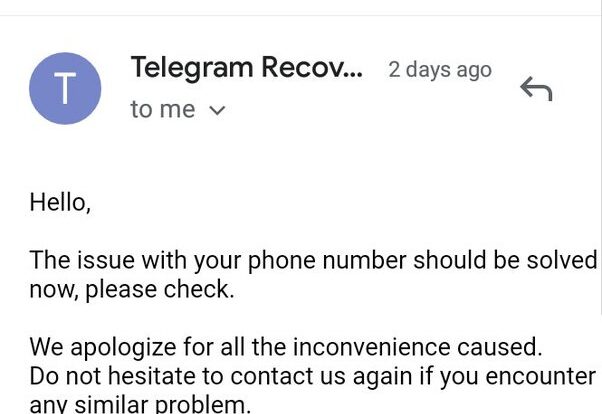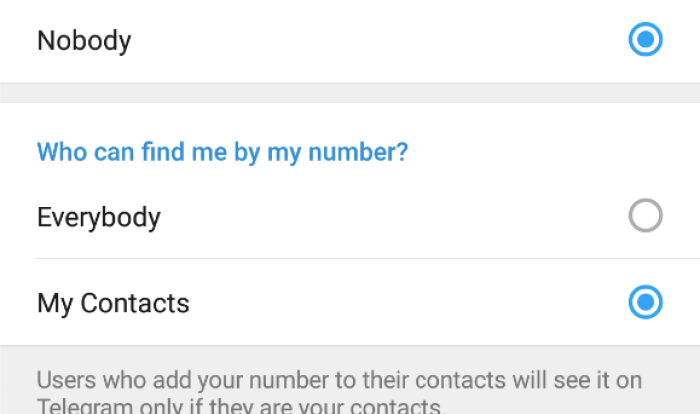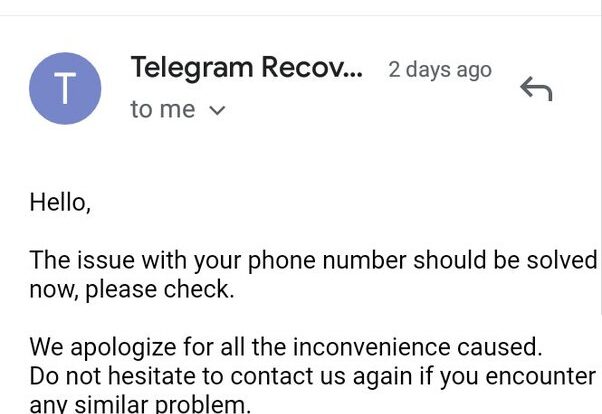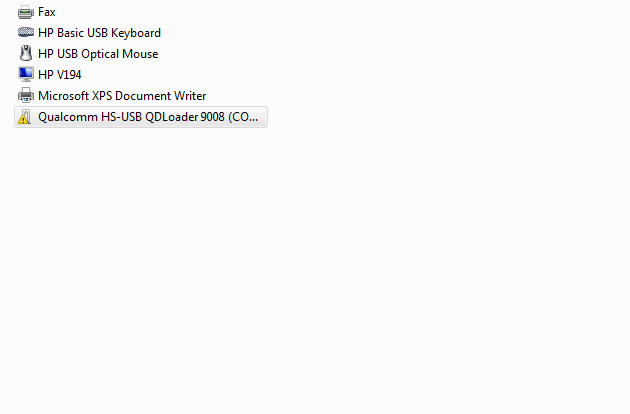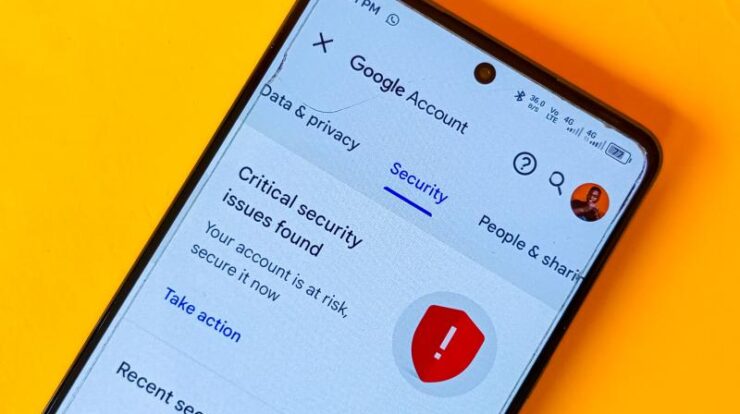
In recent news, a dangerous new malware has emerged that poses a threat to Google account users. This malware exploits cookies to gain unauthorized access to Google accounts, bypassing passwords entirely.
But first, let’s understand what cookies are and how they are used on the web. Cookies are small text files that websites save on your device to enhance your browsing experience. They contain data that help websites remember your user preferences and deliver locally relevant content.
Web servers use cookies to identify and track users as they navigate different pages on a website, as well as to identify returning users. There are two types of cookies: persistent cookies and session cookies.
Now, let’s delve into the details of this dangerous malware. Hackers have discovered a way to exploit session cookies that are used for user authentication. By doing so, they can gain unauthorized access to Google accounts without needing to enter a password.
This vulnerability allows the malware to revive expired cookies and effectively hijack Google accounts. Even if a user changes their password, the malware can still gain access to the account.
It’s important to note that this malware affects Google accounts that are logged into on various devices, including Android devices. The cookies used for user authentication, which are normally meant to provide a convenient and secure login experience, are instead being leveraged by hackers to breach accounts.
So, how can you protect yourself from this dangerous new malware? Here are a few tips:
- Enable two-factor authentication on your Google account. This adds an extra layer of security, making it more difficult for hackers to gain access.
- Use a strong, unique password for your Google account. Avoid reusing passwords across different accounts.
- Limit the number of accounts you create and use. The more accounts you have, the more opportunities there are for hackers to target you.
- Regularly clear your browsing history and cookies. This can help minimize the potential impact of the malware.
It’s essential to stay vigilant and keep yourself informed about the latest security threats. By taking proactive measures to protect your Google account, you can minimize the risk of falling victim to this dangerous new malware that exploits cookies.
Remember, while the internet offers convenience and accessibility, it’s important to prioritize your online security. Take the necessary precautions to safeguard your sensitive information and stay one step ahead of cybercriminals.
Frequently Asked Questions For Dangerous New Malware Uses Cookies To Break Into Google Accounts
Is Login With Google Secure?
Yes, login with Google is secure when you have two-factor authentication and a strong password. Limiting the number of accounts and using unique passwords also improves security.
Who Uses Cookies?
Web servers use cookies to identify and track users as they navigate different pages and to recognize returning users. Cookies are small text files that websites save on devices to enhance browsing experiences and deliver personalized content.
What Are Cookies In Google?
Cookies in Google are small text files that websites save on your device to enhance your browsing experience. They contain data that help websites remember your user preferences and deliver relevant content.

Fahim Ahamed is a stellar figure in Bangladesh renowned for their captivating writing in the technology genre. With a sharp eye for detail, and fluency in the realms of story-telling, they have inspired generations to cultivate their imaginations, transforming the mundane into something remarkable.

